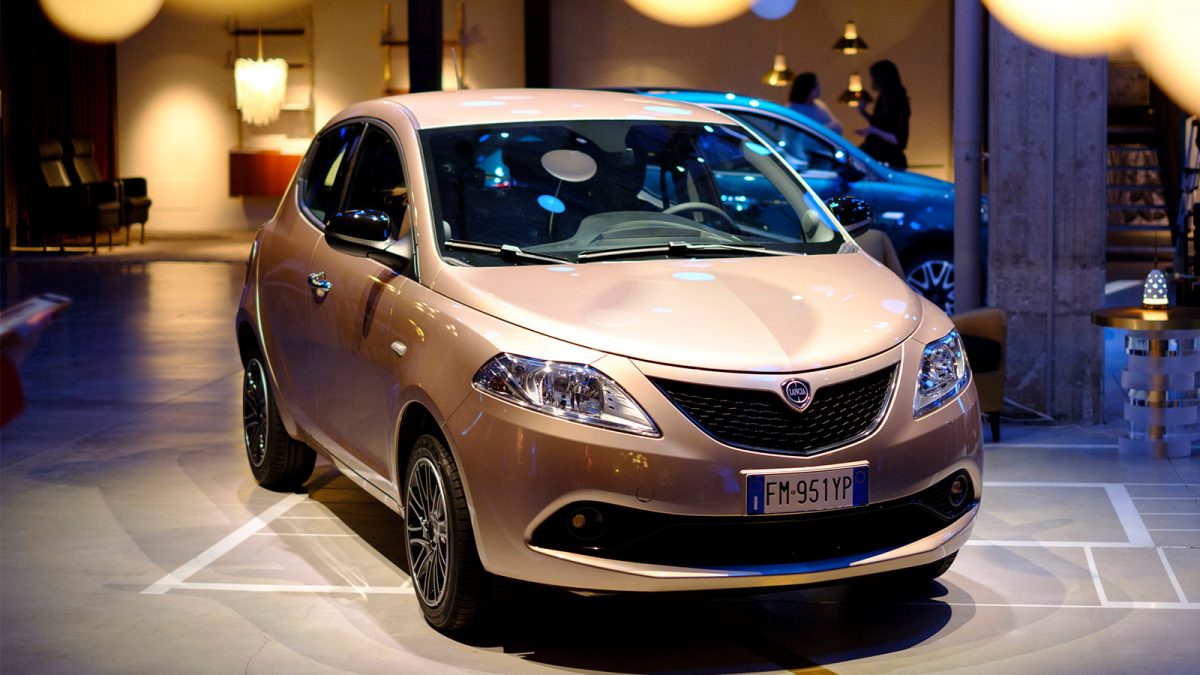An old and familiar name popped up in my inbox today. And it’s a name that rarely gets any mention outside of Europe – Lancia. Can’t blame the rest of the world for its ignorance though. The brand’s only product is a 10-year-old lipstick-wearing Fiat 500 that is being ‘exclusively’ sold in Italy.
So, to what do I owe the pleasure of this surprise email? Well, Lancia’s new owners Stellantis have announced the brand’s new organisational structure to work with its new CEO, Luca Napolitano. The appointed people will each be leading Lancia Products, its marketing, pricing, and operations.
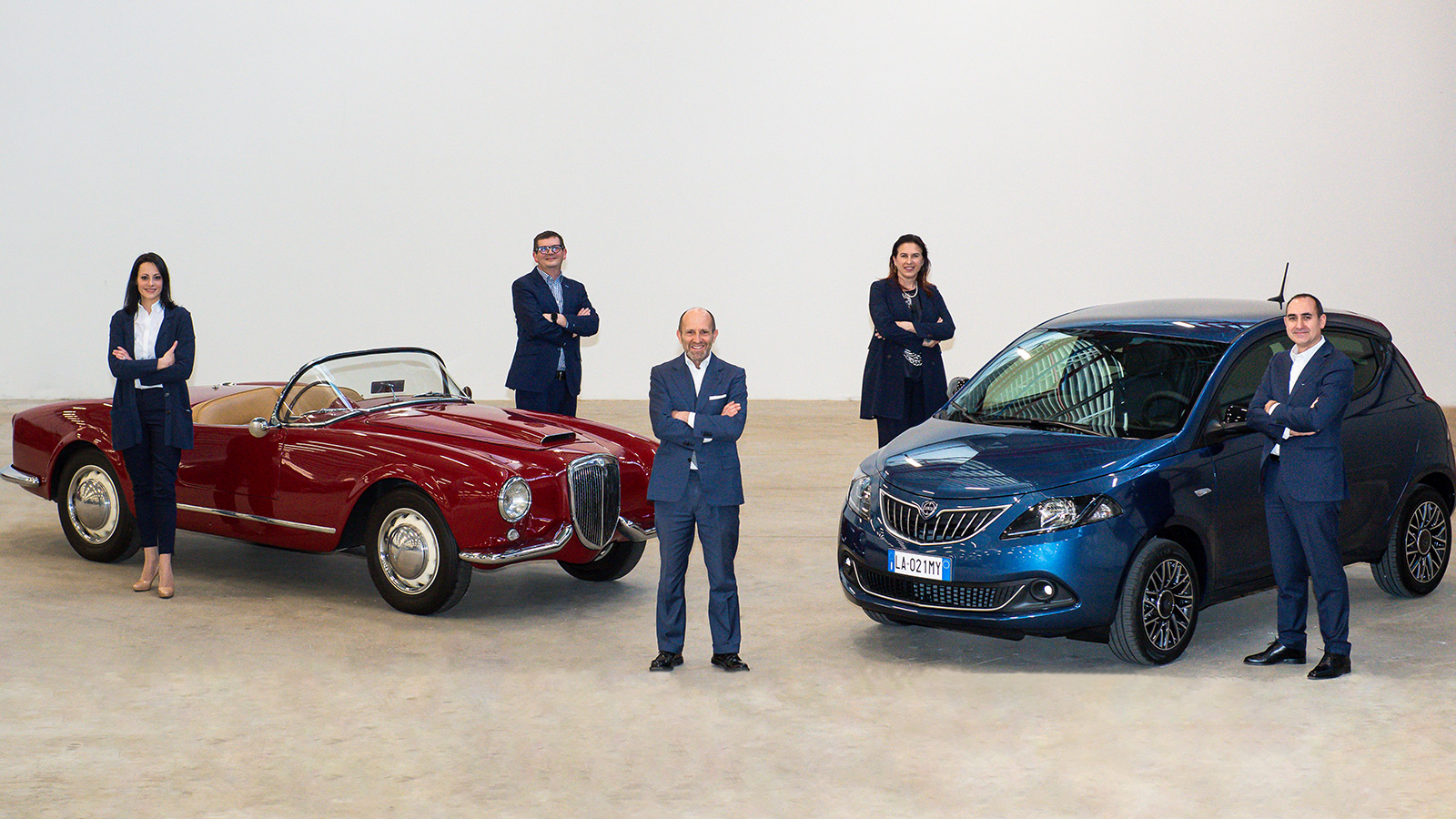
Finally, after decades of being put on ice, Lancia is getting the attention it deserves. Now it can retire the embarrassingly-aged Ypsilon and aim for the stars. So, who is part of this new crack team to revive Lancia?
While we won’t go into too much detail about the who’s who, all you need to know is that they are all dyed-in-the-wool FCA executives. More pressingly, a quick glance through all their resumes is enough to single out one missing area of competence – engineering. That’s not a good look.
The business of engineers
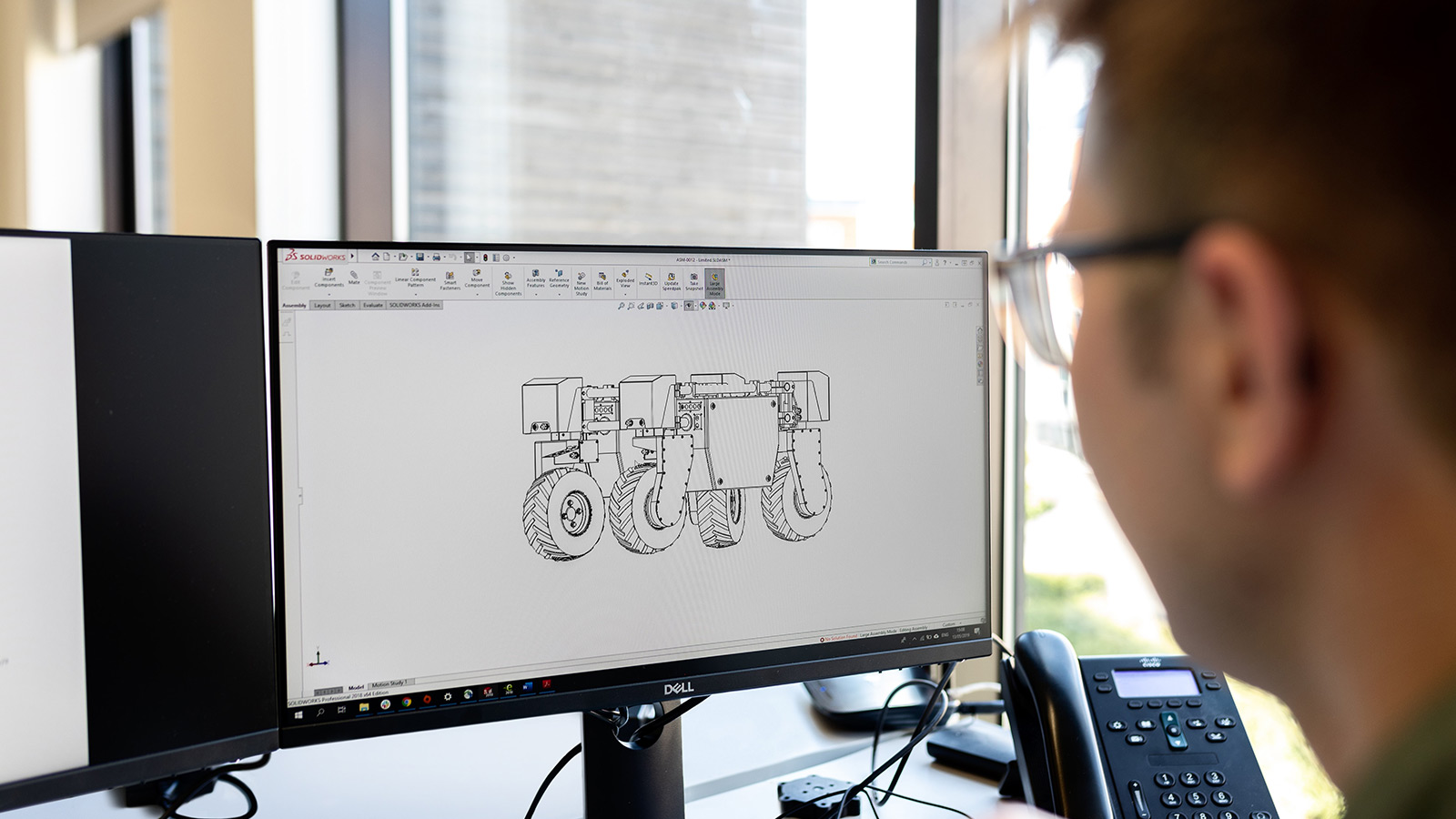
Now, having an engineering qualification doesn’t guarantee that you are deserving of a seat in the upper echelons of the automotive business. With automotive companies being giant multinational conglomerates with complex monetary arrangements, you need more than an understanding of mechanical kinematics. Because of that, many of today’s top automotive jobs are held by people with business administration qualifications.
While engineers don’t make for great management leaders, they at the very least can discern a good product. According to Proton’s ex-CEO, Tengku Mahaleel, having top managers with some degree of engineering qualification and experience will help the company to make better product design decisions. When a product’s quality goes down to an engineering level, having a basic understanding of the subject could be the difference between getting the go-ahead or being sent back to the drawing board.
Can engineers make a business successful?

Sure, staffing the organisational structure full of management types is a sure-fire way to save money and turn it around. See Carlos Ghosn as a prime example. But to jumpstart a car company, or create desirable but financially risky products? You cannot expect finance-minded executives to make a balanced judgement.
In his book, Car Guys vs Bean Counters, former General Motors executive, Bob Lutz, wrote about how the company strive to reduce manufacturing costs above all else came at the expense of product quality and desirability.
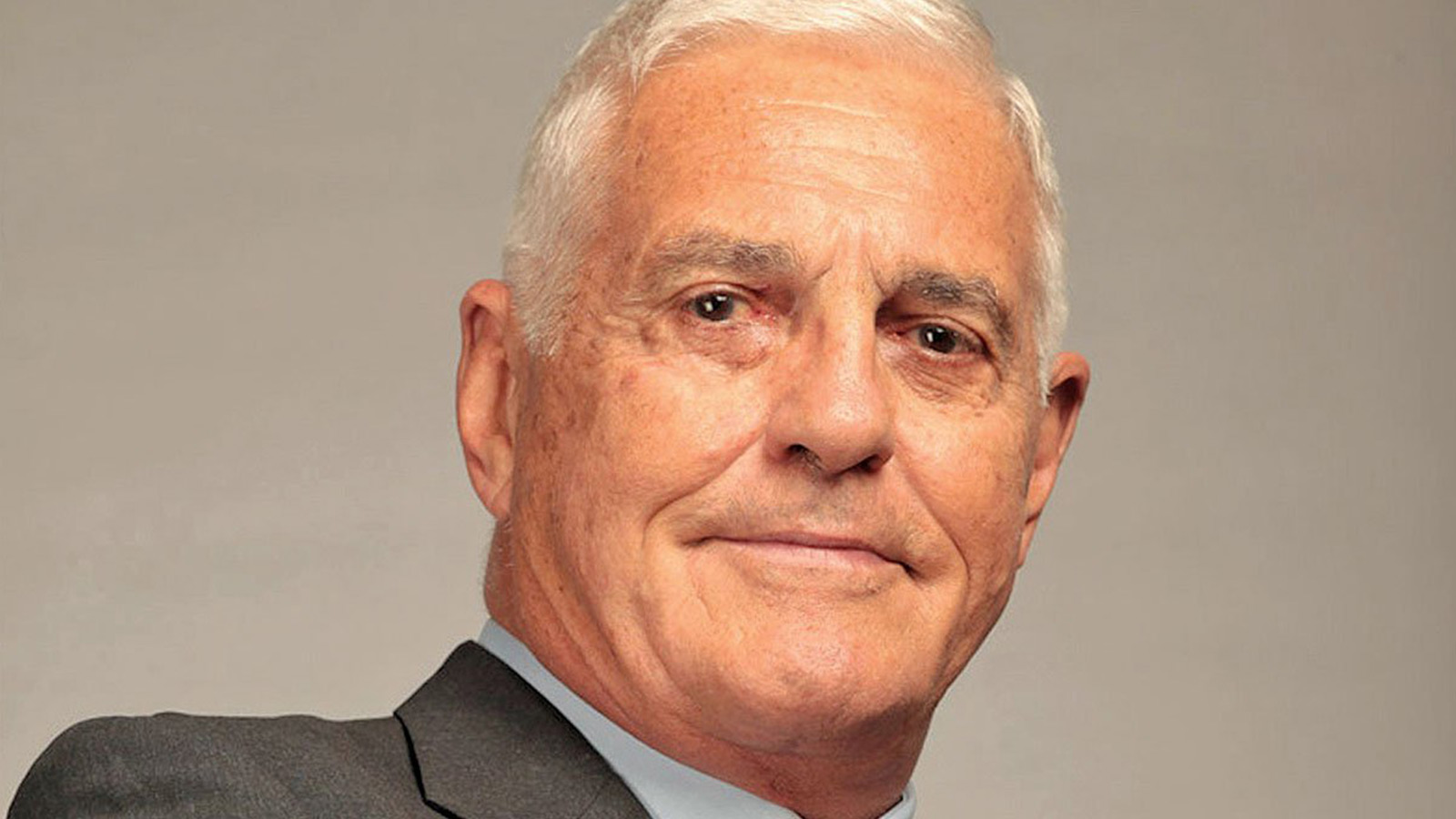
That isn’t to say that engineers are the saviours of any automotive business. Solely focusing on engineering perfection can result in cost overruns, production delays, and impractical products that are impossible to maintain by your average technician. See the ballad of the ‘affordable’ F-35 Lightning II as the cautionary tale of near-unrestricted engineering pursuits. Or the folly of the Mitsubishi 3000GT if you are automotive-inclined.

Like everything in this world, the right results come about from the right balance of opposing forces. A yin to the yang. And in Lancia’s case, there doesn’t seem to be any yin in its organisational structure.
Instead, Stellantis might fall into the same trap that ensnared Boeing when it absorbed McDonnell Douglas. Where, instead of the buyer sending its fixers to straighten the acquired organisation and turning it into a spitting image of it, agents of the vassal make their way into the master and reshapes it in its image.
The Future of Lancia
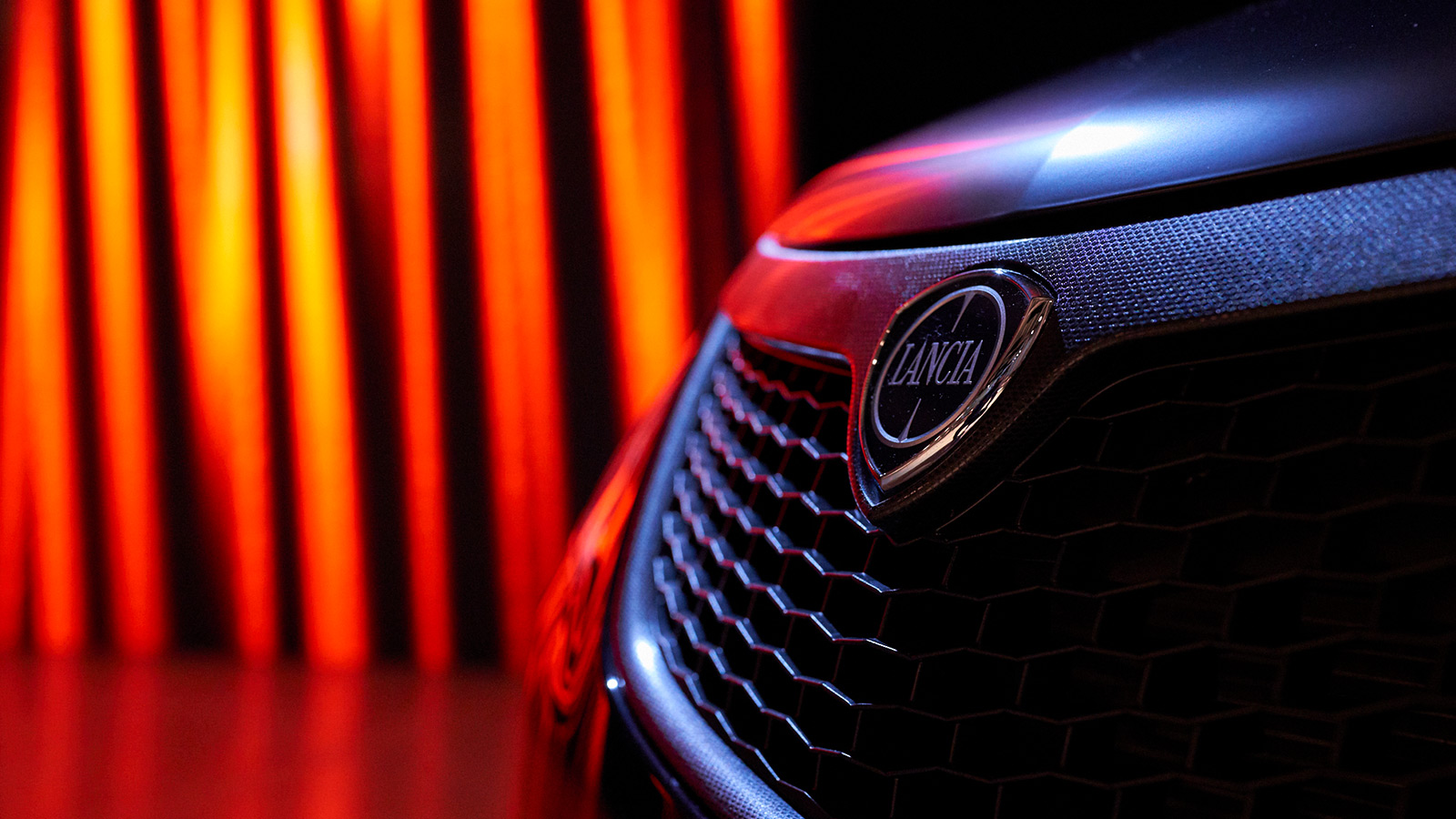
For now, Stellantis have placed the storied Italian brand in its premium brand portfolio, alongside Alfa Romeo and DS. How the company plans to turn it into a rival to the German premium triumvirate is yet to be defined.
Looked at its organisational structure, there is a strong sense that it will be much the same. And that is resuming with the rebadging exercise with minimal effort. Case in point, rather than putting its decade-old Ypsilon out of its misery, Lancia is keeping the old horse going with a second facelift. At this stage, its only purpose is an experiment to see how much lipstick you can put on a dead pig before people wise up.

There are suggestions that Lancia might become a more luxury-focused version of Alfa Romeo products. Think of it as the Maybach to Alfa Romeo’s challenge to Mercedes-Benz. Considering how much love Carlos Tavares is giving to Alfa Romeo’s presence in the North American market, so much as to keep Peugeot out of the continent in the immediate future.
That isn’t to say that the mad, often with scattershot consistency, Lancia products of old won’t make a return. Who knows. If the grand Stellantis project does take to the stars, and Lancia finds its audience once again, it might partake in a more ambitious endeavour that befits its heritage. But don’t bet on that happening in the immediate future.
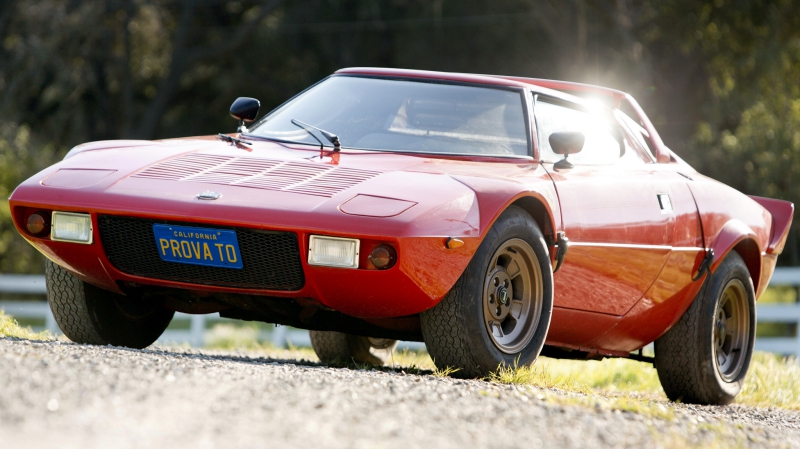
Considering the level of uncertainty in the market it is impossible to tell where things will go for the premium car market. Till then, we can only hope that Stellantis don’t forget where the Lancia name came from. And where the name went wrong when it was under FCA.

